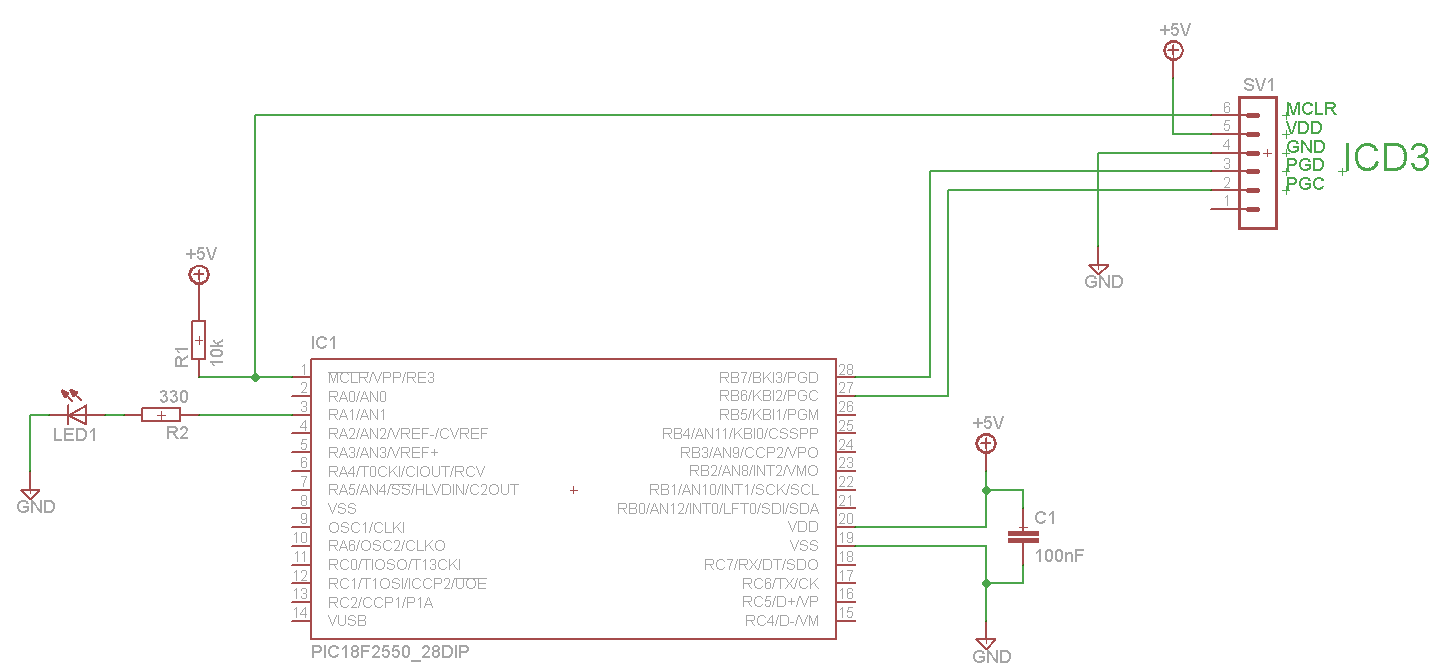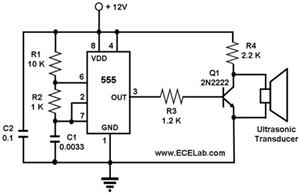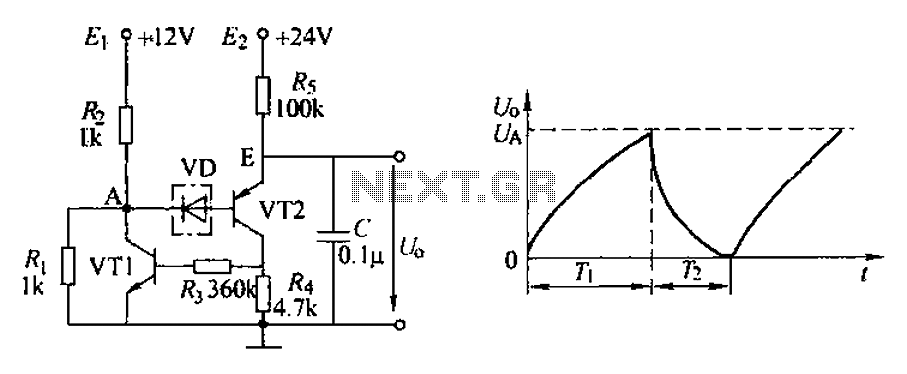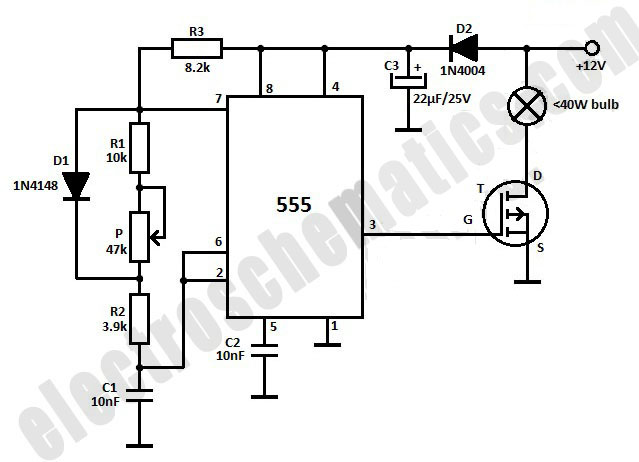
Triac circuit
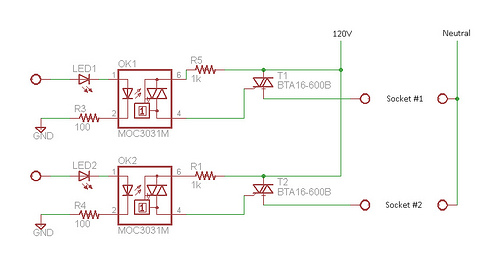
Many projects involve 120VAC and require relatively slow switching. While mechanical relays are commonly used in such situations, they are often avoided due to the presence of moving parts. Solid-state relays (SSRs) have been utilized previously, but their high cost necessitated transferring the same two SSRs from project to project, which was inconvenient. The solution is the use of Triacs, which are compact, inexpensive, and suitable for slow switching applications without complex circuitry. This design features a compact package with two independently controlled power plugs, costing less than $10. In contrast, using SSRs would have cost approximately $80 and may not have fit within the enclosure.
The circuit design utilizing Triacs for controlling 120VAC applications involves a few key components. A Triac is a semiconductor device that can control AC power. It is triggered into conduction by a gate signal, allowing current to flow through it. This makes it ideal for applications requiring on/off control of AC loads.
The circuit typically includes a Triac, a diac or an optoisolator for triggering, and a snubber circuit to protect against voltage spikes. The optoisolator provides electrical isolation between the control circuit and the high-voltage AC circuit, enhancing safety while allowing for remote control.
In a basic configuration, the Triac is connected in series with the load, which could be a lamp or any other AC device. The gate of the Triac is driven by a control signal, which can be generated by a microcontroller or a simple switch. When the gate receives a trigger pulse, the Triac turns on and allows current to flow through the load. The snubber circuit, typically comprising a resistor and capacitor in series, is placed across the Triac to absorb voltage transients and protect the device from damage.
This design not only reduces the overall cost compared to SSRs but also simplifies the physical layout, allowing for a more compact package. The ability to independently control two power plugs further enhances the versatility of the circuit, making it suitable for various applications where AC control is needed. The entire assembly can be housed in a small enclosure, ensuring that it remains user-friendly and efficient.A lot of my projects involve 120VAC, switching relatively slowly. Most people use mechanical relays in that situation, but I don`t like them; I try to avoid moving parts whenever possible. Up to this point, I`ve always used solid state relays. They work really well, but they`re expensive. What this means is that I`ve needed to move my same 2 SSRs from project to project, which is kind of a pain. Well no more! Enter the humble Triac. They`re tiny, cheap, and in my slow switching applications the circuitry isn`t too complicated. That being said, it`s still the most complicated circuit I`ve ever attempted. And there you have it. A neat little package with two independently controlled power plugs. The best part is the cost. The whole thing cost less then $10! With SSRs it would have been ~$80, and I don`t know if they even would have fit in the box. 🔗 External reference
The circuit design utilizing Triacs for controlling 120VAC applications involves a few key components. A Triac is a semiconductor device that can control AC power. It is triggered into conduction by a gate signal, allowing current to flow through it. This makes it ideal for applications requiring on/off control of AC loads.
The circuit typically includes a Triac, a diac or an optoisolator for triggering, and a snubber circuit to protect against voltage spikes. The optoisolator provides electrical isolation between the control circuit and the high-voltage AC circuit, enhancing safety while allowing for remote control.
In a basic configuration, the Triac is connected in series with the load, which could be a lamp or any other AC device. The gate of the Triac is driven by a control signal, which can be generated by a microcontroller or a simple switch. When the gate receives a trigger pulse, the Triac turns on and allows current to flow through the load. The snubber circuit, typically comprising a resistor and capacitor in series, is placed across the Triac to absorb voltage transients and protect the device from damage.
This design not only reduces the overall cost compared to SSRs but also simplifies the physical layout, allowing for a more compact package. The ability to independently control two power plugs further enhances the versatility of the circuit, making it suitable for various applications where AC control is needed. The entire assembly can be housed in a small enclosure, ensuring that it remains user-friendly and efficient.A lot of my projects involve 120VAC, switching relatively slowly. Most people use mechanical relays in that situation, but I don`t like them; I try to avoid moving parts whenever possible. Up to this point, I`ve always used solid state relays. They work really well, but they`re expensive. What this means is that I`ve needed to move my same 2 SSRs from project to project, which is kind of a pain. Well no more! Enter the humble Triac. They`re tiny, cheap, and in my slow switching applications the circuitry isn`t too complicated. That being said, it`s still the most complicated circuit I`ve ever attempted. And there you have it. A neat little package with two independently controlled power plugs. The best part is the cost. The whole thing cost less then $10! With SSRs it would have been ~$80, and I don`t know if they even would have fit in the box. 🔗 External reference
